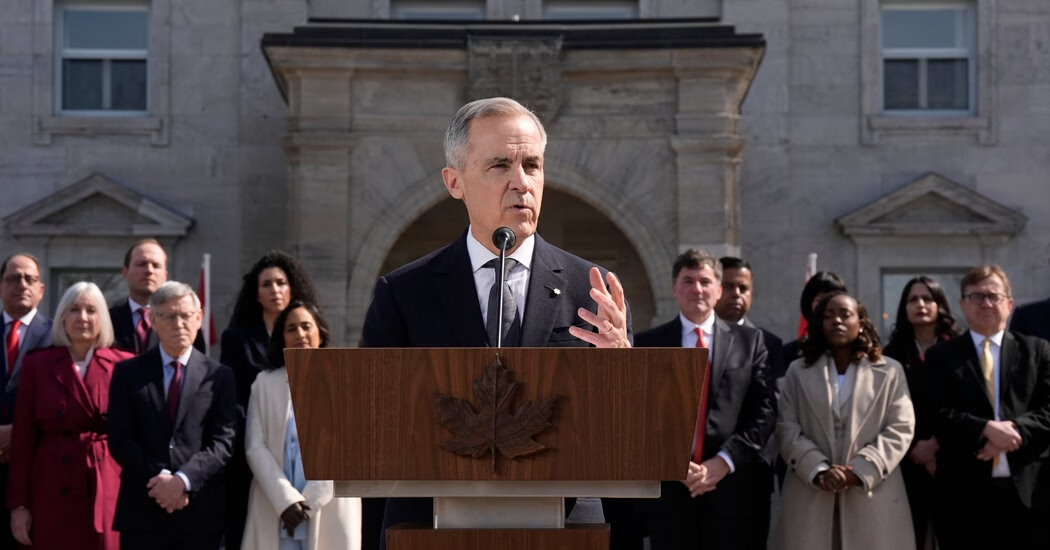What’s next: Mr. Ford, along with Dominic LeBlanc, Canada’s new Minister for International Trade, and François-Philippe Champagne, Canada’s new Minister of Finance, met with U.S. counterparts in Washington: Howard Lutnick, the U.S. secretary of commerce, and Jamieson Greer, the U.S. trade representative. The message, as Matina reports, was direct: Canada, alongside other countries targeted by U.S. President Trump, cannot escape a new series of comprehensive tariffs set to be implemented on April 2.
[Read: Tariff Pain First, Deals Later, U.S. Tells Canada in Key Meeting]
These tariffs will be “reciprocal,” meaning the U.S. will impose on Canadian exports the same tariffs that Canada applies on U.S. exports.
Under the USMCA (or CUSMA, as it is called in Canada), the free trade agreement that was upheld under the first Trump administration, Canada has few tariffs on American imports except for certain farm products, such as dairy, that are managed under a supply management system. Consequently, in theory, reciprocal tariffs may not impact trade relations significantly.
However, there is a wildcard. President Trump views value-added taxes, like the goods and services tax, as tariffs, due to them not being applied to exports, a stance not widely shared among trade economists. The implications of how Mr. Trump might target the GST and its effects on trade between Canada and the U.S. remain uncertain.
A more significant concern lies ahead with the potential expiration of President Trump’s temporary halt on a sweeping and possibly damaging 25 percent tariff on most Canadian exports and a 10 percent tariff on energy and certain minerals, set to expire on April 2. Currently, these charges are already being applied to Canadian exports that do not meet the USMCA’s North American content rules.




